Why you are better off NOT using ICE post-injury: Because it delays Recovery! (OH, and same for anti-inflammatory meds like Ibuprofen) The f
Why you are better off NOT using ICE post-injury: Because it delays Recovery! (OH, and same for anti-inflammatory meds like Ibuprofen)
The following is an important and out-of-the-box article from: Dr. Annemarie Alf
Athletes, coaches, trainers, and physical therapists alike have all used my “RICE” (rest, ice, compression, elevation) guideline for decades. Now it appears that both Ice and complete Rest may delay healing, instead of helping. Who wants that?
Ditch the R.I.C.E and M.O.V.E ! … more on that later
The human body has an inflammatory process for a reason. “Seriously, do you honestly believe that your body’s natural inflammatory response is a mistake?” Dr. Nick DiNubile, Editor in Chief of The Physician And Sports Medicine Journal (physsportsmed.com)
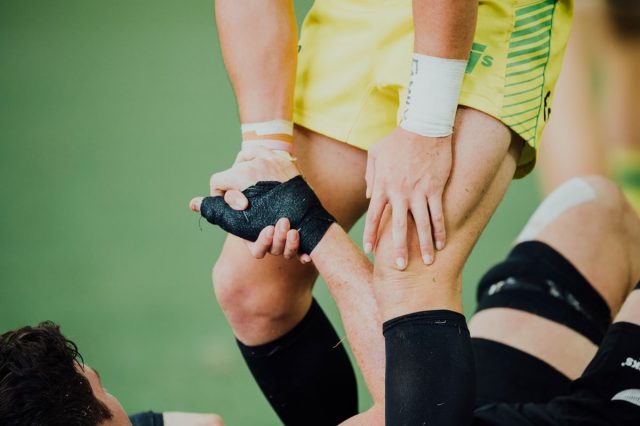
A summary of 22 scientific articles found almost no evidence that ice and compression hastened healing over the use of compression alone. (The American Journal of Sports Medicine, January, 2004;32(1):251-261).
Now for some of the science/ physiology of why.
An injury must go thru a healing process and the 1st step in an inflammatory response. When muscles and other tissues are damaged, your body sends inflammatory cells to the damaged tissue to promote healing. Inflammatory cells rush to injured tissue to start the healing process (Journal of American Academy of Orthopedic Surgeons, Vol 7, No 5, 1999).
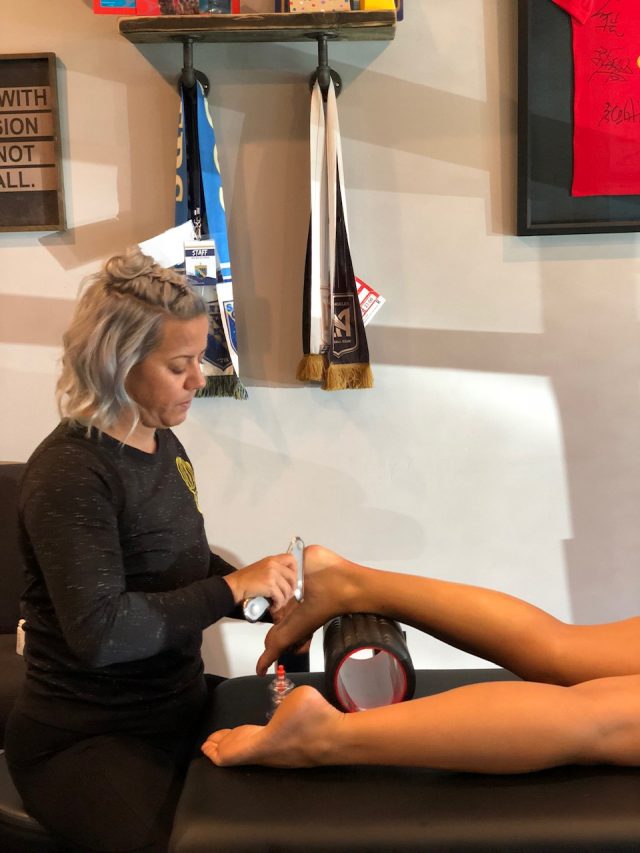
The inflammatory cells called macrophages release a hormone called Insulin-like growth Factor (IGF-1) into the damaged tissues, which helps muscles and other injured parts to heal. However, applying ice to reduce swelling actually delays healing by preventing the body from releasing IGF-1.
Ice Keeps Healing Cells from Entering Injured Tissue
Applying ice to injured tissue causes blood vessels near the injury to constrict and shut off the blood flow that brings in the healing cells of inflammation (Knee Surg Sports Traumatol Arthrosc, published online Feb 23, 2014). The blood vessels do not open again for many hours after the ice was applied. This decreased blood flow can cause the tissue to die from decreased blood flow and can even cause permanent nerve damage.
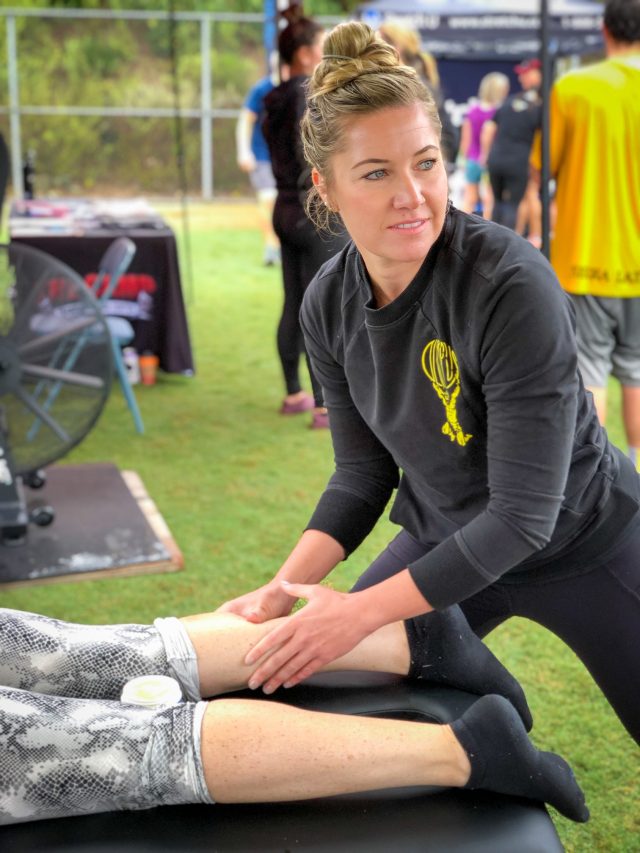
The resulting vasoconstriction from cooling, not only reduces tissue oxygenation with necrosis if extreme, but inhibits the inflammatory response needed to initiate healing. The release of kinins and cytokines from damaged tissue is meant to increase vascular influx, which brings fibrinogen and platelets for hemostatis, leukocytes and monocytes to phagocytose necrotic debris, and fibroblasts for collagen and protein synthesis.
Anti-inflammatory medications are no different.
Professor James McCormack confirms there is no evidence non-steroidal anti-inflammatories (NSAID) improve the outcome of acute sports injuries or reduce swelling (listen to the podcast). Steroidal anti-inflammatories, such as cortisone, inhibit the production of collagen and granulation tissue. Tendon surgeon Prof Alfredson describes observing necrotic tissue, reduced healing and wound breakdown after multiple cortisone injections.
Well what does the research and literature say?
Just in case you needed more reason to NOT ice.
“When ice is applied to a body part for a prolonged period, nearby lymphatic vessels begin to dramatically increase their permeability (lymphatic vessels are ‘dead-end’ tubes which ordinarily help carry excess tissue fluids back into the cardiovascular system). As lymphatic permeability is enhanced, large amounts of fluid begin to pour from the lymphatics ‘in the wrong direction’ (into the injured area), increasing the amount of local swelling and pressure and potentially contributing to greater pain.” The use of Cryotherapy in Sports Injuries,’ Sports Medicine, Vol. 3. pp. 398-414, 1986
Or how about this comprehensive literature review from the Journal of Emergency Medicine?
“Is Ice Right? Does Cryotherapy Improve Outcome for Acute Soft Tissue Injury?” JEM, 2008; Feb. 25; 65–68
Conclusion: There is insufficient evidence to suggest that cryotherapy (ice) improves clinical outcome in the management of soft tissue injuries.
MOVE an injury not RICE: movement also directly stimulates tissue healing.
I know we have all iced various body parts about a billion times, for me both personally and professionally. I’ve always struggled with the ‘why’ since my undergraduate studies. On one hand we learn the physiology of injuries and the inflammatory process and how it heals the body. BUT yet 2 weeks later we are taught the RICE principle and it’s drilled into our heads. What the heck?
Early in my professional career, I used ice on athletes and clients. My philosophy began to change in 2012 with my time spent working with Chinese Olympic athletes, they almost never used ice, at all. There had to be a reason. When I returned to the USA, I quickly stumbled upon the YouTube video of a video podcast attached here (see sources below).
And my future philosophy solidified.
?Our goal needs to be to improve adaptation by improving circulation, clearing congestion, and facilitating healing. Pretty much everyone I know has stopped taking NSAIDS for the same reasoning that we should stop icing.
Kick the ice and ibuprofen habits for good! There is a better way!
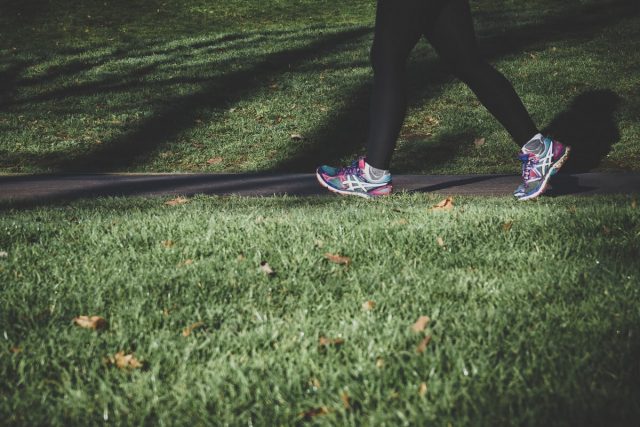
Here is the BEST way= MOVE(ment)
Thank you to: Dr. Jennifer Robinson for this PERFECT acronym.
Movement, not rest. (Early or immediate rehab with your sports PT/ ATC expert)
Options: offer other options for cross training (teen or adult performance training classes)
Vary rehabilitation with strength, balance and agility drills.
Ease back to activity early for mental strength.
Better Alternatives to Ice:
?VooDoo Floss is a great compression strategy that allows for movement.
Active Muscle Recovery Units like PowerDot and/ or NormaTec will aid in accelerating lymphatic clearing.
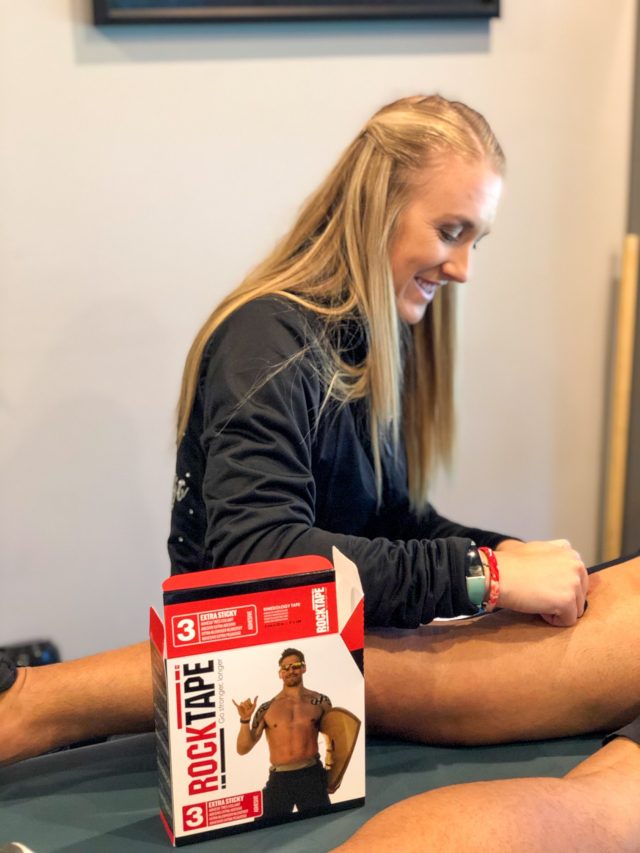
Rocktape techniques for edema protocol also provide great outcomes instead of icing!
Sources:
http://garyreinl.com/
https://breakingmuscle.com/reviews/book-review-iced-by-gary-reinl
https://www.youtube.com/watch?time_continue=2&v=0UmJVgEWZu4
https://physicaltherapyweb.com/paradigm-shifts-use-ice-nsaids-post-acute-soft-tissue-injuries-part-1-2/
https://www.ncbi.nlm.nih.gov/pmc/articles/PMC3396304/
https://thischangedmypractice.com/move-an-injury-not-rice/
http://www.drmirkin.com/fitness/why-ice-delays-recovery.html
McCormack J. “Mythbuster” on NSAIDs in sports medicine, challenging nutrition dogma, and evidence-based practice. BMJ Talk Medicine. 2014. https://soundcloud.com/bmjpodcasts/mythbuster-on-nsaids-in-sports. Accessed May 24, 2017. (Listen)
Lorenzen I. The Effects of the Glucocorticoids On Connective Tissue. Medica. Scandinavica. 1969;185:17-20. (View with UBC) DOI: 10.1111/j.0954-6820.1969.tb16718.x
Alfredson H. Treating tendinopathy with Professor Hakan Alfredson. BMJ Talk Medicine. 2013. https://soundcloud.com/bmjpodcasts/treating-tendinopathy-with. Accessed May 11, 2017.
